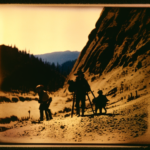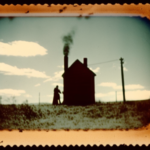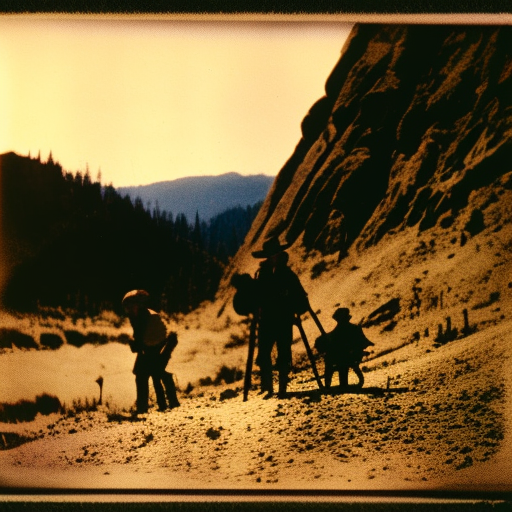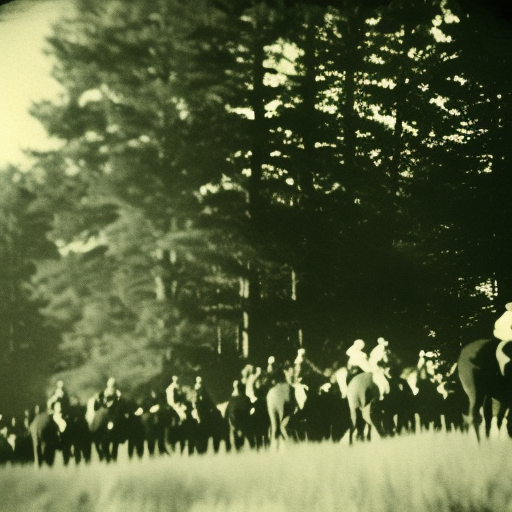The California Gold Rush (1848-1855)
The California Gold Rush was a significant event in American history that occurred from 1848 to 1855. It was sparked by the discovery of gold at Sutter’s Mill in Coloma, California, by James W. Marshall. The news of the discovery spread rapidly, attracting thousands of people from all over the world to California in search of fortune.
Discovery of Gold
In January 1848, James W. Marshall discovered gold while constructing a sawmill for John Sutter. Initially, they tried to keep the discovery a secret, but the news quickly leaked out. The discovery of gold in California attracted people from all walks of life, including miners, farmers, merchants, and professionals, who abandoned their previous lives in search of wealth.
Migration to California
The news of the gold discovery spread like wildfire, and by the end of 1848, thousands of people had flocked to California. The majority of these early gold seekers came from the eastern United States, but immigrants from Europe, China, and Latin America also joined the rush. The journey to California was long and arduous, with many traveling by land or sea, enduring harsh conditions and facing various challenges along the way.
Impact on California
The sudden influx of people had a profound impact on California. The population exploded, and small towns and settlements sprang up almost overnight. San Francisco, which was a small village before the gold rush, quickly grew into a bustling city. The demand for goods and services skyrocketed, leading to the establishment of businesses and industries to cater to the needs of the growing population.
Mining Techniques
Initially, gold was easily accessible, and miners could simply pan for gold in rivers and streams. However, as the easily accessible gold became scarce, miners had to employ more sophisticated techniques, such as hydraulic mining and deep shaft mining, to extract gold from the earth. These techniques required significant investments in equipment and labor, leading to the formation of mining companies.
Social and Cultural Impact
The gold rush brought people from diverse backgrounds together in California. The multicultural society that emerged had a lasting impact on the state’s culture and identity. Chinese immigrants, in particular, played a significant role in the gold rush, with many working as miners or laborers. However, they faced discrimination and prejudice from other miners, leading to the passage of discriminatory laws against Chinese immigrants.
Economic Impact
The gold rush had a profound economic impact on California and the United States as a whole. The sudden influx of gold led to a rapid increase in the money supply, which fueled inflation. Prices for goods and services skyrocketed, making it difficult for ordinary people to afford basic necessities. However, the gold rush also stimulated economic growth, as the demand for supplies, transportation, and infrastructure increased.
Environmental Impact
The gold rush had a devastating impact on the environment. Hydraulic mining, in particular, caused significant damage to rivers and streams, leading to erosion and the destruction of habitats. The use of mercury in gold extraction also resulted in water pollution, affecting both human and animal health.
Legacy
The California Gold Rush had a lasting impact on California and the United States. It transformed California from a sparsely populated territory into a thriving state and played a crucial role in the westward expansion of the United States. The gold rush also shaped the identity and culture of California, attracting people from diverse backgrounds and laying the foundation for its future growth and prosperity.
In conclusion, the California Gold Rush was a transformative event in American history. The discovery of gold in California attracted people from all over the world, leading to a population boom and the rapid growth of towns and cities. The gold rush had significant social, cultural, economic, and environmental impacts, shaping the future of California and leaving a lasting legacy.












